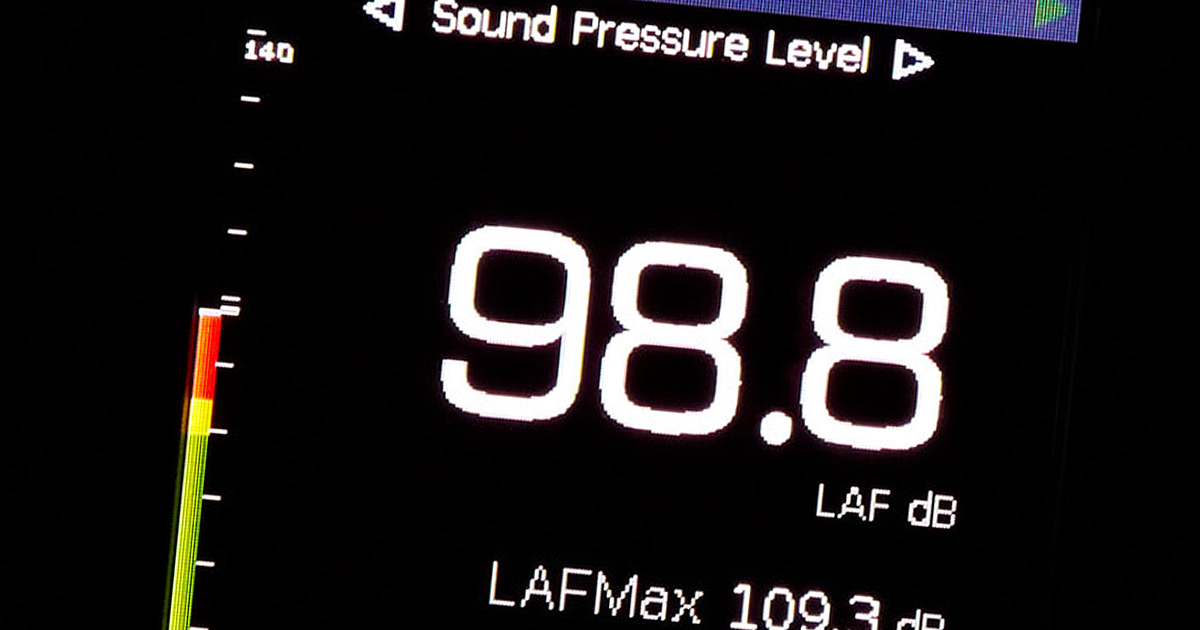I'm very confused by this. I understand hearing loss starts to become a risk above as low as 80 dB if sustained (2 hours of exposure) - see link below. Audio becomes painful to humans at 120 dB. I never listen to music at home anywhere near those levels. So what is the point of having a DAC or amplifier with 120 dB of dynamic range if I never listen that loud?
What Noises Cause Hearing Loss? | NCEH | CDC
What Noises Cause Hearing Loss? | NCEH | CDC

